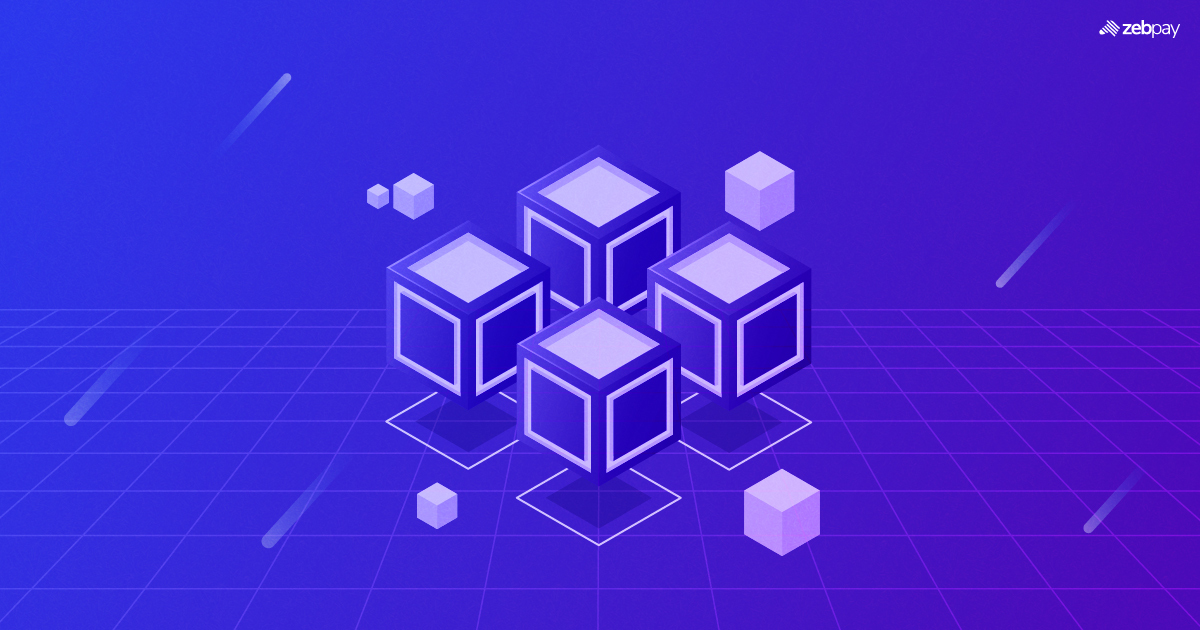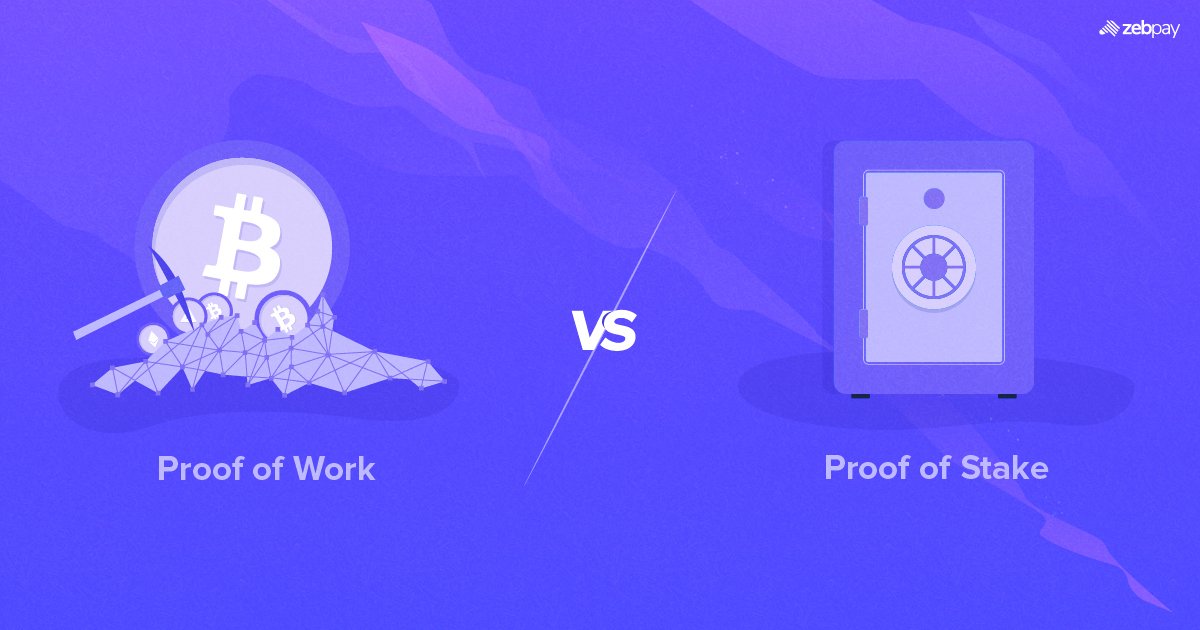An Overview
Blockchain networks experience congestion when the number of pending transactions exceeds the network’s processing capacity. This congestion is typically caused by limited block sizes and the time required to create new blocks. When congestion occurs, users may notice delays in transaction processing and experience slower confirmation times. An example of this was the rapid increase in transactions due to the release of BRC-20 tokens on the Bitcoin blockchain, which led to network congestion.
Increased usage, high transaction volumes, and events like initial coin offerings (ICOs) can strain blockchain networks, contributing to congestion. To expedite their transactions during busy periods, users may opt to pay higher fees, further increasing costs. Additionally, congestion leads to increased transaction expenses and decreased efficiency, negatively impacting the overall user experience.
Nonetheless, blockchain networks continually work on enhancing scalability, ensuring smoother transactions, and mitigating congestion-related issues through initiatives like protocol updates and layer-2 scaling solutions. These efforts are crucial for achieving widespread adoption as they enhance the resilience and efficiency of blockchain networks, even under high-demand conditions.
Importance of Efficient blockchain transaction processing
The widespread adoption of blockchain technology across industries relies on efficient transaction processing. Scalability is a key advantage of blockchain, allowing networks to handle a large number of transactions concurrently. This scalability addresses a historical challenge in traditional systems, ensuring smooth operations even during peak usage periods. Additionally, it reduces latency and congestion, leading to enhanced network performance, real-time transaction validation, and confirmation.
Efficient transaction processing results in reduced transaction fees, making blockchain technology more economically viable for individuals and businesses alike. This cost-effectiveness contributes to broader blockchain adoption. Moreover, in industries where data security is paramount, such as finance, healthcare, and supply chain management, efficient blockchain processing ensures fast, secure, and tamper-proof transactions. The speed at which blockchain processes transactions is a significant factor influencing the pace of innovation and technology adoption.
Blockchain network congestion can be attributed to several factors, including:
- High Transaction Volumes: A sudden surge in transaction volumes that surpass the network’s capacity can lead to congestion. This often occurs during periods of increased market activity or when there is a rush to use a blockchain network for various purposes.
- Increased Adoption: As more individuals, businesses, and applications start using a blockchain network, the overall traffic on the network increases. This heightened adoption can strain the network’s resources.
- Decentralized Applications (DApps): The use of DApps, particularly in decentralized finance (DeFi), can place a significant burden on a blockchain network. These applications execute complex transactions and smart contracts, increasing the network’s congestion.
- Initial Coin Offerings (ICOs): Events like ICOs and token sales can result in a surge of transactions on the network as participants buy and sell tokens, contributing to congestion.
- Malicious Activities: Malicious actors can disrupt a blockchain network by sending a large number of low-value or spam transactions, overloading the system and causing congestion.
- Network Architecture: Physical limitations within the network infrastructure, such as poor internet connections or bottlenecks, can obstruct the smooth flow of data and contribute to congestion issues.
Network congestion in blockchain systems can lead to several significant consequences:
- Delayed Transaction Confirmations: Congestion results in slower transaction confirmations. This delay can disrupt services and applications that rely on timely transactions, impacting businesses and users. For example, the CryptoKitties boom in 2017 severely congested the Ethereum network, causing transaction delays.
- Higher Transaction Fees: With increased demand for transaction processing, users often need to pay higher fees to expedite their transactions. This surge in transaction fees can make transactions more expensive, particularly for smaller ones. In 2021, the Ethereum network experienced congestion due to the high demand for DeFi applications, leading to soaring transaction costs.
- Impaired User Experience: Network congestion can result in slow transaction processing, affecting the user experience of decentralized applications (DApps). Users may experience frustration due to delays, making them less inclined to interact with the DApp. Dissatisfied users might abandon the platform, negatively impacting the DApp’s success and user base.
- Resource Re-allocation: To improve the performance of a congested DApp, developers may need to allocate more resources. These resources could have been used for enhancing user functionality or experience, potentially delaying the DApp’s overall development.
Addressing blockchain network congestion requires a multifaceted strategy that encompasses short-term measures and long-term scaling solutions. Here are some key strategies:
- Optimize Transaction Fees: Users can avoid overpaying for transactions during congestion by setting reasonable fees. This prevents unnecessary bidding wars for block space.
- Implement Layer-2 Solutions: Developers can integrate layer-2 scaling solutions like rollups (for Ethereum) and the Lightning Network (for Bitcoin). These solutions allow some transactions to occur off-chain, reducing the load on the main blockchain.
- Increase Block Throughput: To enhance throughput, block sizes can be increased, and more efficient block propagation methods can be adopted. This enables the network to process a greater number of transactions per block.
- Transition to Efficient Consensus Mechanisms: Shifting from energy-intensive proof-of-work to more efficient consensus mechanisms, like proof-of-stake, reduces the computational load on the network, enabling it to handle more transactions.
- Sharding: Sharding, as seen in Ethereum’s implementation, involves dividing the blockchain into smaller, independent parts known as shards. Each shard can process transactions autonomously, greatly increasing the network’s capacity and allowing for simultaneous transaction processing.
- DApp Optimization: Encouraging DApp developers to improve their smart contracts and code can reduce unnecessary strain on the network. Streamlining DApps and minimizing inefficient transactions can contribute to smoother processing and an enhanced user experience.
Read more: What Are Blockchain Layers
By combining these strategies, blockchain platforms can effectively mitigate congestion, improve transaction processing, and enhance the overall efficiency of the network.
To stay up to date with the latest crypto news, visit ZebPay blogs. Click on the button below to trade on ZebPay.







